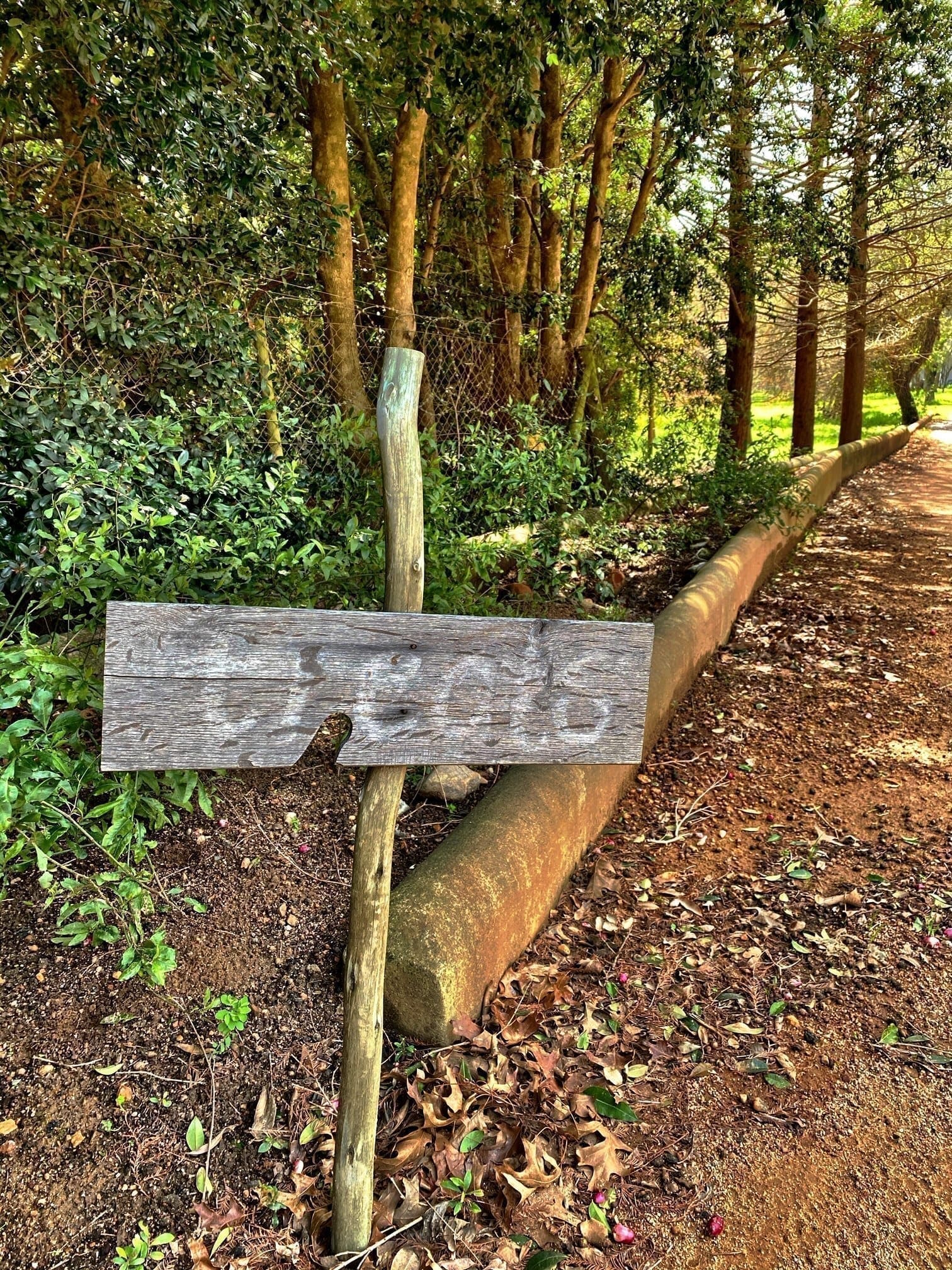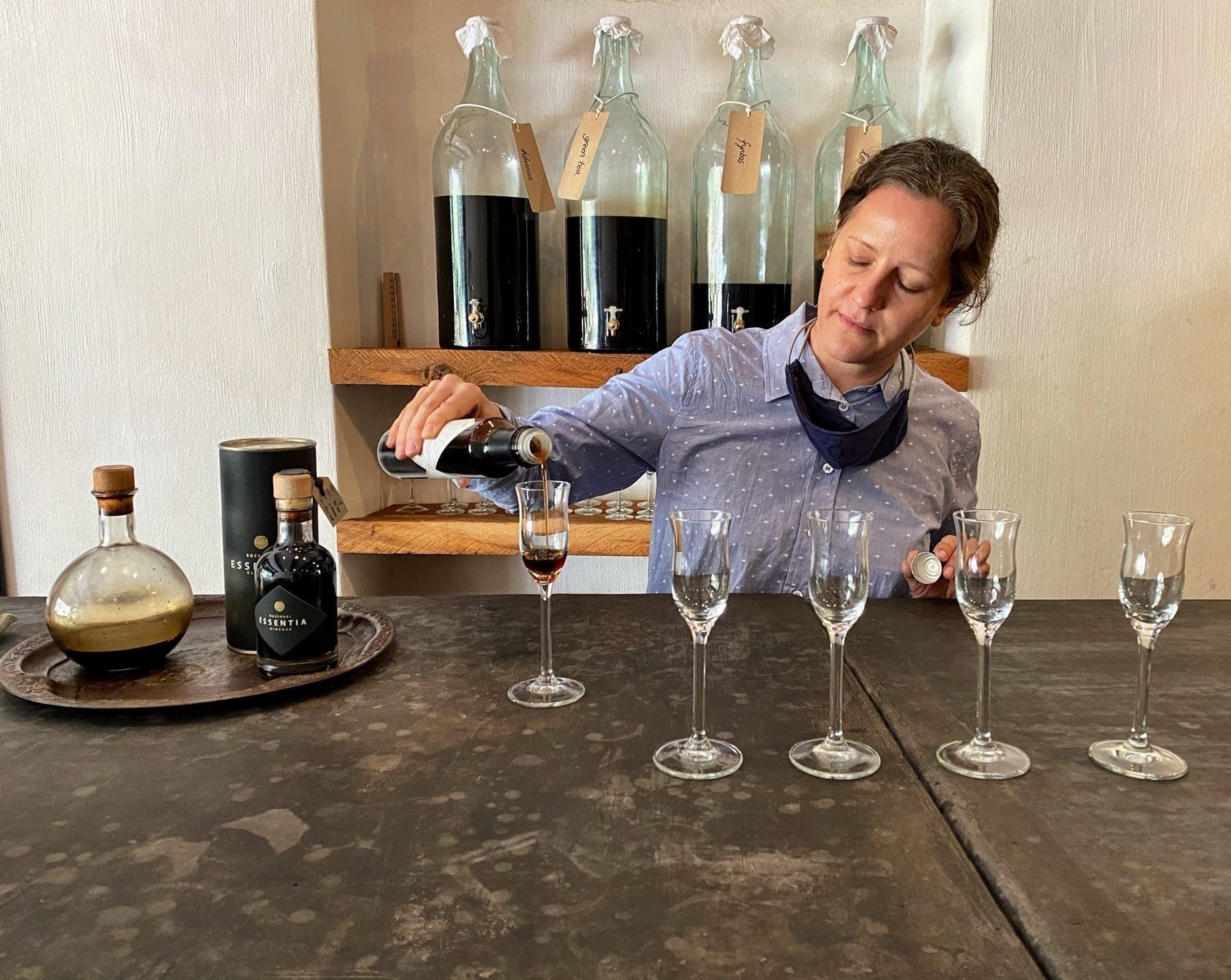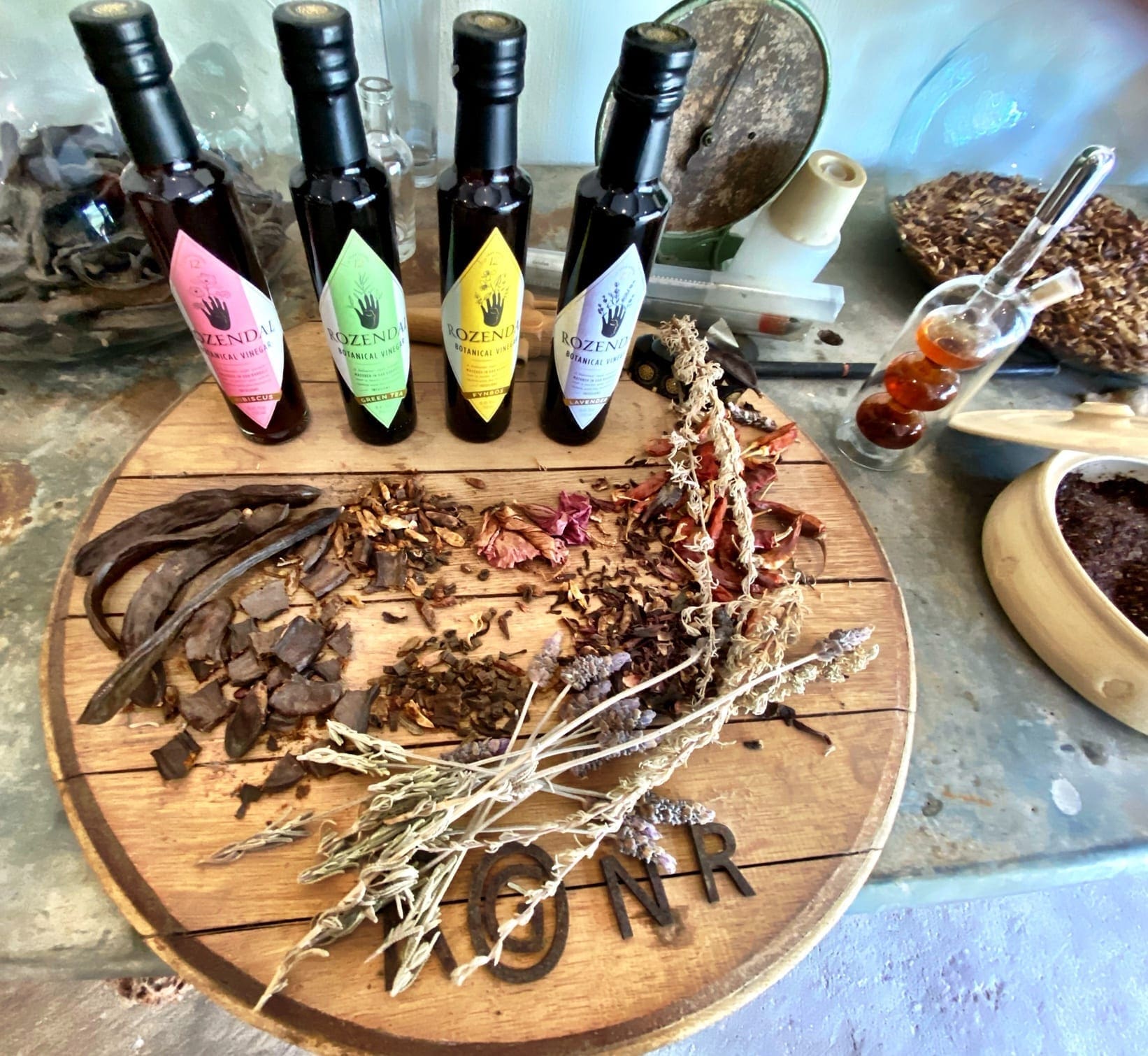STELLENBOSCH is known for its wines, but there is more to the region than that. At Rozendal, wine production made way for vinegars and tastings by appointment will reveal not only subtle flavour differences of the blends, but the potential health benefits.
The farm is right on the border of suburbia but once you drive along the gravel road, you could be miles away. On the property are guest cottages and a restaurant, and by now you should be able to feed the farm animals their “treats” – something that is just as much fun for adults (and by adult I mean me) as for children. Then there is the vinegar cellar, or vinaigrier, which sounds much more romantic.

Formerly a producer of Bordeaux blends, Rozendal switched to vinegar when owner Kurt Ammann discovered his 1988 vintage contained slightly too much volatile acidity. According to his daughter Nathalie Blignaut (pictured below), Kurt is a firm believer in taking vinegar as a tonic for his joints. He lives in the US now and visits the Grand Canyon every year. He’s in his 70s so there could be something to this story…
Inside the vinaigrier, you can see the barrels in the cellar and experience a tasting. Drinking vinegar is not as scary as you might think, especially with small sips. These particular vinegars are not like the ones you put on your fish and chips, although they would bring a whole new flavour profile to the meal, and will take your salads and other dishes into a whole new realm.

The Fynbos vinegar is made with buchu, honeybush, rose geranium, wild olive and wild rosemary; and the hibiscus and robust rosehip, elderflower and vanilla bean in the Hibiscus work well with sweeter dishes. Put it over ice cream and fruit, for example. Green Tea vinegar contains green tea – already renowned for its antioxidant qualities, chilli, carob, lavender, kelp and bay leaf; and Lavender (grown on the farm) is the only single-ingredient vinegar.
Then there is the Essentia, which is of such a limited quantity and decades old, that it commands a price of about R1000 a bottle. You can drink it like an aperitif or use it on food like purple figs and ice cream. If that’s a bit rich for your blood, the rest of the range is available in full size bottles, as well as a gift pack with small bottles of all four.

For more information, click here.
PHOTO CREDIT: BIANCA COLEMAN ©
